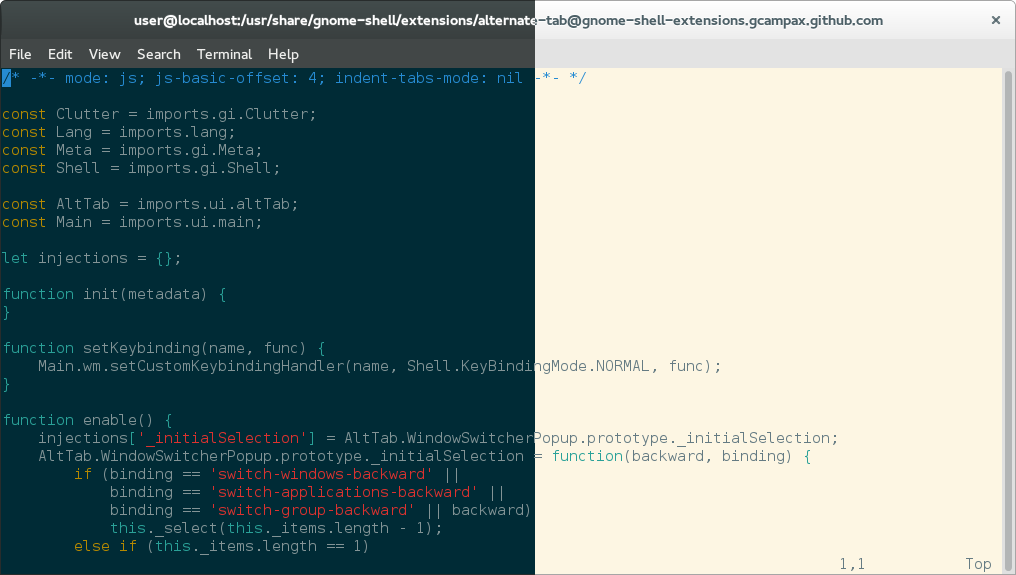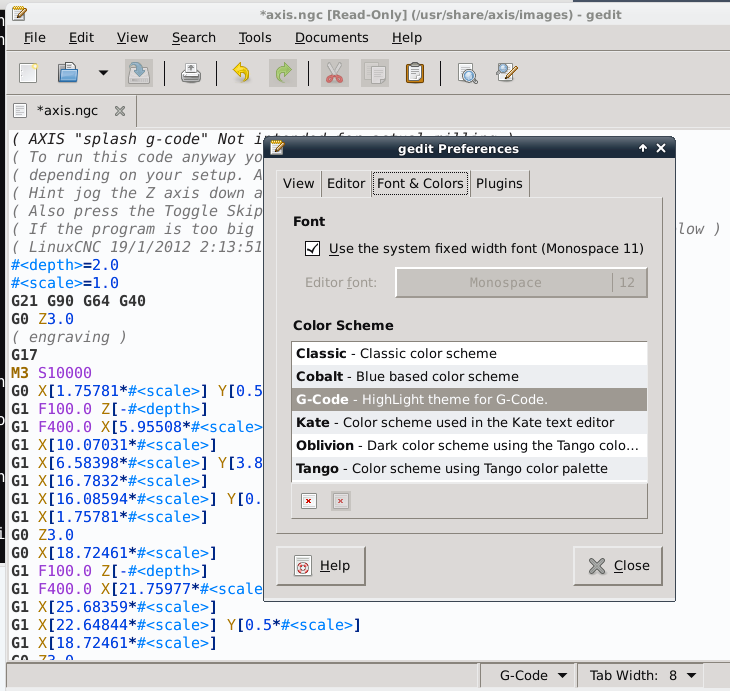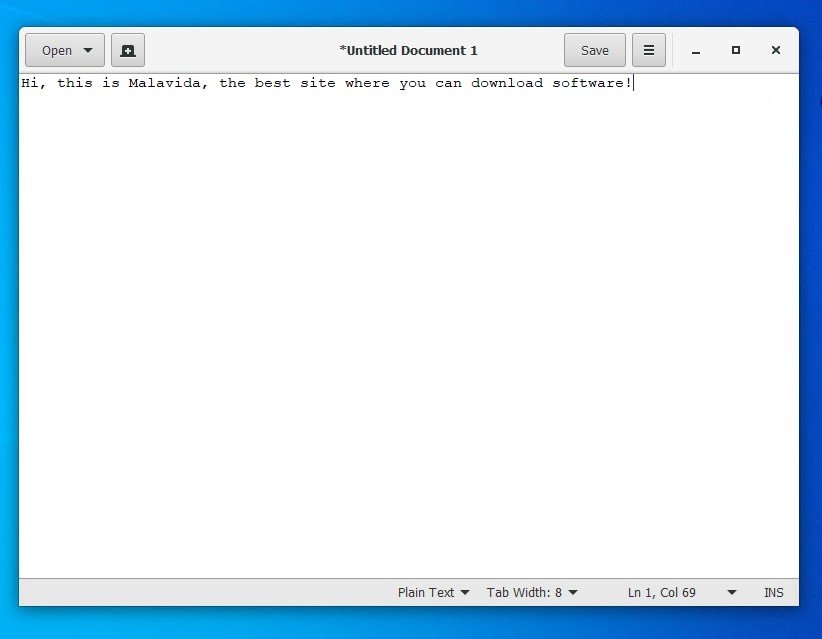

- #Solarized for gedit install
- #Solarized for gedit code
- #Solarized for gedit plus
- #Solarized for gedit download
- #Solarized for gedit free

This can be helpful for finding classes and definitions in files. Find in Filesįind in files is a plugin that will allow you to find text within a certain folder of files. External ToolsĮxternal tools is a plugin that allows you to run shell scripts from Gedit. The dots are spaces and the arrows are tabs.

Enabling this plugin will add little dots where the spaces are. Draw Spaces and Tabsĭraw spaces and tabs seems like what it’s described as. This can be helpful if you’re working on a Node project, installing something like Express.js, Angular, or React ( react app for instance – starting a server or something like that).
#Solarized for gedit install
If you want to install gedit plugins from the command line you can install them with: sudo apt install gedit-plugins -yĪs I mentioned above, if you now go to preferences and then plugins you’ll be able to check or un-check plugins to enable them. Finally Gedit comes with some default plugins, some are enabled and some are disabled, you can go to the plugins tab to enable or disable them. I also like to change the default font to Hermit under Fonts and Colors – you must have it installed, btw. To do that go to preferences: preferences Geditįrom here you can change the default indentation (I like 2 for web development) by going to Editor -> Tab Spaces. Default SettingsĪfter getting a theme you like to work with the built in syntax highlighting you might also want to change some of the default settings. There are a ton of great themes to try for Gedit to make it an inspiring development environment. Some other popular themes that can be downloaded are: You’ll want to be able to look for hidden files, to toggle viewing hidden files on and off press ctrl-h.Īfter you add the dracula.xml you can select it and get some nice syntax highlighting on a modern theme.
#Solarized for gedit plus
You add the theme with the little plus sign on the left. You’ll then go to the hamburger menu, find preferences, then font & colors, and add a theme.
#Solarized for gedit download
To install it, download the xml file and move it to the styles folder in Gedit with: mv dracula.xml $HOME/.local/share/gedit/styles/ You can even get modern themes like dracula online. You can also get a nice Solarized theme that comes with Gedit: Gedit Solarized Theme
#Solarized for gedit code
When you edit code it’s very helpful to have syntax highlighting as it will help you spot errors and differentiate parts of the code.

You can open up an html file and get some nice syntax highlighting “out of the box”. When you open up Gedit it looks fairly plain: Default Gedit Syntax Highlighting and Themes If you’re installing it on Mac or Windows you can easily follow the installation instructions here. To Install Gedit on Debian Linux (which you can enable on a Chromebook) simply type the following into the command line: sudo apt install gedit -y You can install Gedit on Linux, MacOs, and Windows. Anyways, Gedit can be set up to be quite a powerful web development IDE! Read on to learn more. There are a ton of writers out there who love to talk about the power of their editors. Gedit gets a lot of Internet hate nowadays, with the general consensus that it’s a “great text editor for beginners but not nearly as powerful as VIM or Emacs”.
#Solarized for gedit free
It’s the default text editor for the Gnome desktop, a free and open source desktop for Linux. Gedit has been around since 1999, not quite as long as VIM or Emacs, but it still has lasted quite long for a text editor. You can learn the default colors your text editor provides, but you may remember them more if you designate the colors yourself.While you may be wondering whether you should choose VIM or Emacs, click here for that, you might also consider another long lasting text editor in the Linux family, Gedit. In Markdown, colors highlight headings and links. These highlights help programmers and developers keep track of what's going on and reduces the likelihood of errors. How things appear depend on which theme you're using. These colors are not saved to the document itself, but are applied when the editor recognizes certain characters or phrases. However, most Linux text editors can display keywords, boolean, and strings in different colors. All files are plain text, so elements like colors and bolding are not possible. Text editors don't allow you to format documents the way word processors do. Doing so may provide the boost you need to write faster and increase how long you're able to work. You can theme your text editor, changing the colors used for the background and special syntax. As a result, you may mistakenly believe that what you see is all you get. Unlike word processors, text editors don't let you tinker with text all that much.


 0 kommentar(er)
0 kommentar(er)
